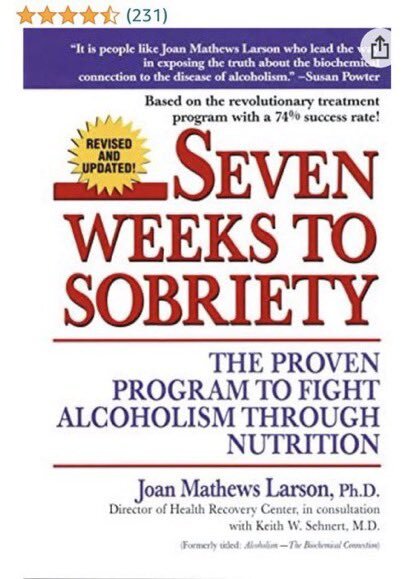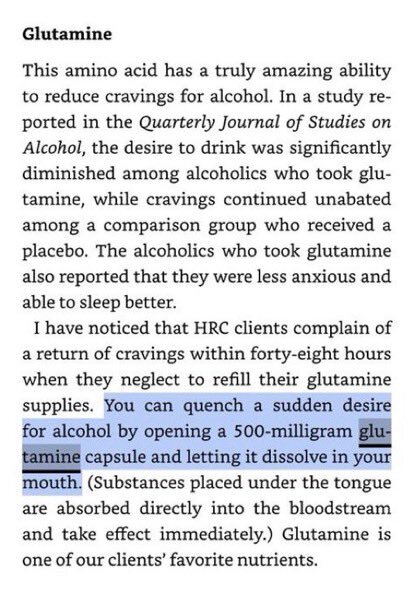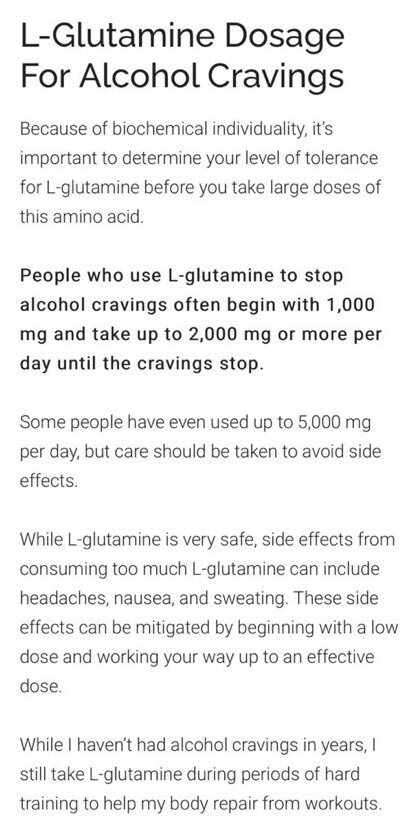Effortless Sobriety
(Links, text and videos to incorporate)
Nearly all alcoholics—including long-sober ones—struggle with hypoglycemia. Alcoholism is a form of self-medication that rapidly supplies the brain with the glucose it needs to function. More than 80% of alcoholics who address their hypoglycemia and other biochemical deficits with nutritional repair remain sober, healthy, and free of anxiety, depression and cravings—permanently.
(Add hypoglycemia / “dry drunk” comparison chart.)
Dr. Joan Mathews Larson founded the revolutionary Health Recovery Center four decades ago. Her three-year followup study of HRC patients in 1987 demonstrated a 74% abstinence rate, which has since improved to more than 80%:
Pioneering Canadian biochemist, physician, and psychiatrist Abram Hoffer, M.D., PhD discusses his friendship with Alcoholics Anonymous co-founder Bill Wilson (better known as Bill W.), who spent his final years promoting nutrient therapy as the crucial “third leg” of sobriety treatment:
Mark Larson, LADC interviewed by Chris Scott: “The core of your cravings are coming from your blood sugar levels going up and down all day long….What really needs to happen is not only abstinence—of course you need to stop using—but you need to replace all of the natural nutrients that get washed out when you're using”:
https://elevationrecovery.com/7-weeks-to-sobriety/
Hi P,
The at-home treatment that has relieved my friend’s 20-year craving for alcohol, after multiple rehabs couldn’t, is called orthomolecular therapy. It addresses the nutritional deficiencies that drive alcoholics to drink, and it has a remarkable success rate: More than 80% of addicts treated with orthomolecular protocols maintained sobriety after three years (versus traditional rehabs’ success rates of 15% to 25%).
The treatment involves taking large but safe doses of vitamins and amino acids—such as niacin and glutamine—that correct biochemical imbalances and drastically reduce cravings. (I’ve seen my friend’s desperate need for alcohol disappear within minutes of ingesting two 500mg glutamine capsules, available at any vitamin store. It’s tragic that this simple, inexpensive means of relief isn’t better known.)
The bible for the orthomolecular approach is Seven Weeks to Sobriety by Dr. Joan Mathews Larson. It’s available at Amazon, but I have a couple extra copies I can mail for free to you or anybody you think they might help.
The first step I would recommend to an alcoholic is to read Chapter 4 (“The Difference in Drinkers”) to identify their biotype. Then I’d read the other chapters and call the Health Recovery Center—the Minnesota clinic founded by Dr. Larson—with any questions. They’re very knowledgeable and helpful: 612-827-2241.
I’m also happy to discuss what I’ve learned, even though I‘m not an expert.
Brian
LINKS
More on orthomolecular therapy at the HRC: https://www.healthrecovery.com/treatment/addiction/alcohol-addiction-treatment/
More on the amazing effect of glutamine, by recovering alcoholic and fitness expert Chris Scott: https://fit-recovery.com/how-to-stop-alcohol-cravings-l-glutamine/
Dr. Larson’s three-year followup study of HRC patients (a 74% success rate published in the 1980s, which has since improved to more than 80%):
https://www.healthrecovery.com/treatment/results/long-term-impact/
Seven Weeks to Sobriety: https://www.amazon.com/Seven-Weeks-Sobriety-Alcoholism-Nutrition/dp/0449002594/ref=sr_1_1?crid=2WV4KP2ZK6437&dchild=1&keywords=seven+weeks+to+sobriety&qid=1614585019&s=books&sprefix=seven+wee%2Caps%2C211&sr=1-1




“Dry-Drunk” Syndrome or Masked Hypoglycemia?
The Difference in Drinkers: Establishing Your Biotype






















